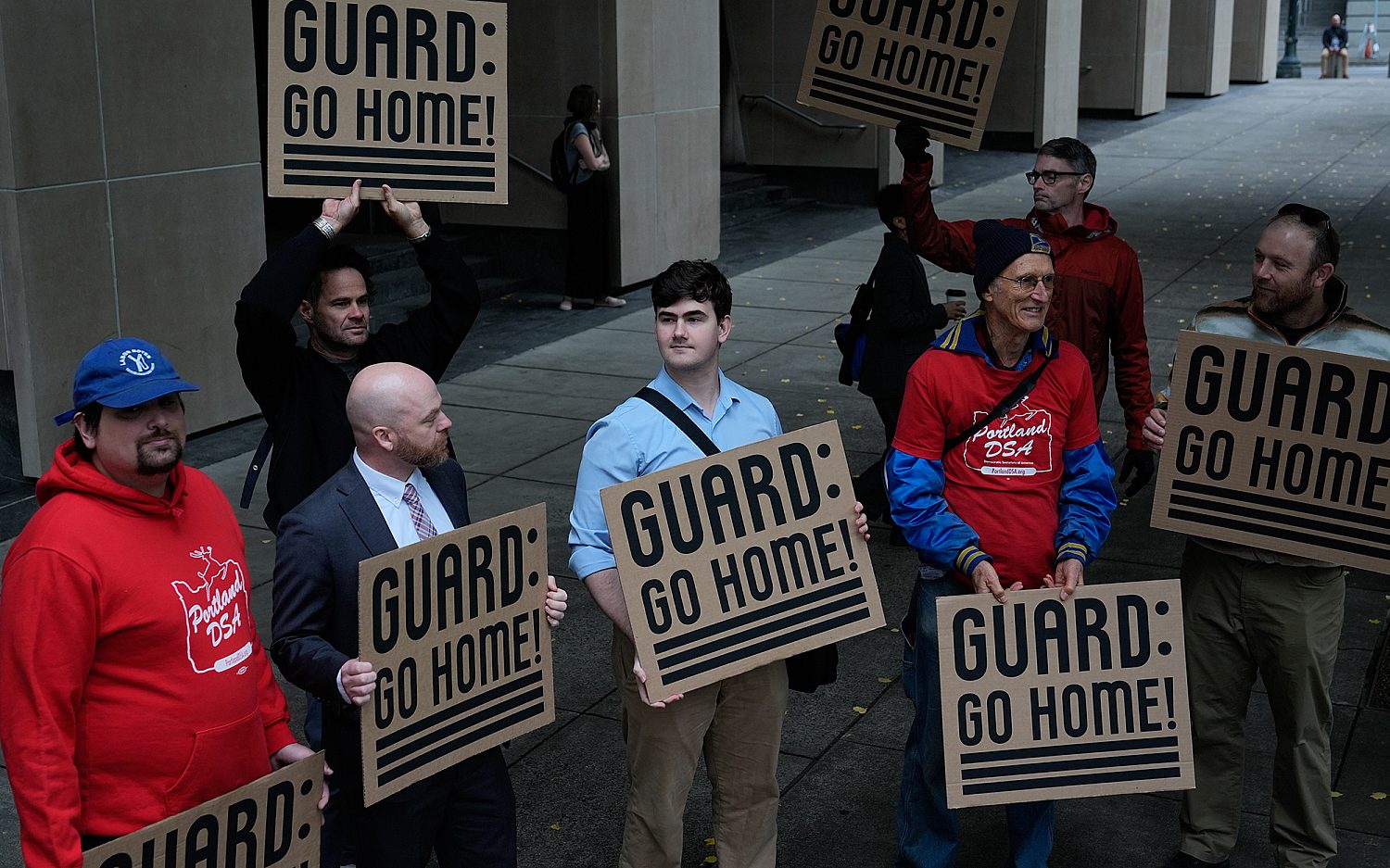NATO war games send scripted warning to Russia
The largest NATO exercise in Europe since 2002 concluded last week with a huge, one-hour choreographed battle involving 1,800 ground troops from 12 NATO member nations backed by tanks and helicopters. The exercise even included 500 paratroopers from the 82d Airborne Division, who flew directly from the United States to the drop zone in northeastern Spain.
The largest display of NATO military might in a decade was designed to test its capabilities and to send a clear signal to Russia and any other real or possible foes.
“We’re sending a message to any potential adversary: NATO is ready to rapidly deploy armed forces and we can do it on land, sea, and air,” alliance secretary-general Jens Stoltenberg told Spain’s ABC newspaper.
Last Wednesday’s simulated assault on the fictional village of “Casas Altas” was the public capstone of exercise Trident Juncture 2015, which began Oct. 21 and involved more than 36,000 troops from all 28 member nations, as well as more than 160 aircraft and 60 warships. The war games took place in locations across Spain, Italy, and Portugal.
Trident Juncture’s primary objectives were to ensure NATO’s new 5,000-strong “spearhead force” could execute its mission of reinforcing a NATO ally under threat in as little as two days and that the United States and its allies could respond promptly and in unison to a crisis.
The new rapid response force is part of a major makeover of the 28-nation alliance, largely in response to Russia’s annexation of Crimea and support for a pro-Russia separatist insurgency in eastern Ukraine. But it’s also designed to better meet the new types of security threat represented by Islamic State and other armed extremist Muslim organizations active in the Middle East and North Africa.
In the years immediately following the breakup of the Soviet Union and the end of the Cold War, the NATO alliance began to restructure itself to conduct stability and security operations away from home, rather than as a rapid response defense force. But Russia’s recent aggressive military activity has prompted the alliance to rethink its strategies.
“The whole idea [before 2014] was we were not going to have to defend the alliance,” U.S. Lt. Gen. John Nicholson, commander of NATO Land Command, told the Army Times. “That assumption has proven [to be] invalid. In one year’s time, we have come a long way.”
But the Trident Juncture exercise is about more than training. NATO has said it wants other countries to witness what it’s doing. Three Russian inspection teams arrived in late October to examine Trident Juncture activities, and “in the interest of promoting transparency,” observers from 11 other countries, ranging from the United Arab Emirates to Mexico, have also been invited, NATO officials said.
Although the Russians did observe elements of Trident Juncture, according to the Army Times, no Russian officials witnessed Wednesday’s mass exercise. German Army Gen. Hans-Lothar Domroese, Trident Juncture’s commander, speculated the Russians were avoiding members of the press.
“They don’t want to see you,” Domroese casually told a few reporters between press conference segments, according to the Army Times. “This would be dangerous for them.”
The Associated Press contributed to this report.
An actual newsletter worth subscribing to instead of just a collection of links. —Adam
Sign up to receive The Sift email newsletter each weekday morning for the latest headlines from WORLD’s breaking news team.




Please wait while we load the latest comments...
Comments
Please register, subscribe, or log in to comment on this article.